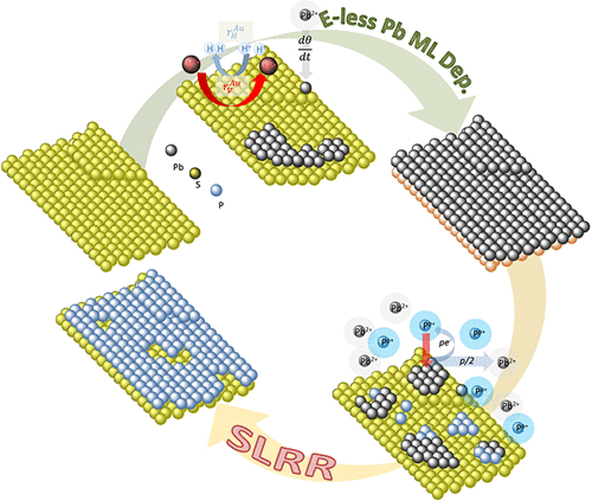Cullen College of Engineering professor Stanko R. Brankovic, Ph.D., of the Electrical and Computer Engineering Department, is the corresponding author for a new, multi-department perspective paper on potential advancements in catalyst synthesis.
The paper, “Electroless Pb Monolayer Deposition – Prelude for Further Advances in Catalyst Monolayer Synthesis via Surface Limited Redox Replacement Reaction,” was published April 2021 in ACS Catalysis, a journal with an impact factor 14.
Brankovic is the corresponding author for the paper. Additional authors, all from the University of Houston, include Nikhil Dole and Dongjun Wu from the Electrical and Computer Engineering Department; Lars Grabow, from the Chemical and Biomolecular Engineering Department; Kamyar Ahmadi from the Material Science and Engineering Program; and Francisco Robles Hernandez of the College of Technology. Taha Salavati-Fard, formerly a postdoctoral fellow in the Chemical and Biomoleulcar Engineering Department, is now a research associate at the University of Oklahoma.
The published work is a result of multiyear effort among UH researches to perfect and understand a new phenomenon for monolayer controlled deposition and present its practical importance to the relevant fields of catalysis and electrocatalysis.
According to the authors, “We point out a novel opportunity for catalyst monolayer and core–shell structures synthesis via the surface limited redox replacement (SLRR) reaction. It is enabled by discovery of an electroless Pb monolayer deposition phenomenon whose fundamentals and practical aspects are presented.”
“The particular benefit of this synthesis approach is for metal substrates which are not part of broadly conductive supports such as metal nanoparticles embedded in various oxides or zeolites. Examples of the catalyst monolayer deposition via SLRR of electrolessly deposited Pb monolayer are presented under the auspices of a two-step electroless atomic layer deposition process (e-less ALD). Each cycle of the e-less ALD produces a precise submonolayer amount of catalyst deposit demonstrating its potential for a broad range of applications.”
More exploration of the methods outlined in the article could “bridge the gap between the desired properties of catalyst and the required conditions for its synthesis.”
